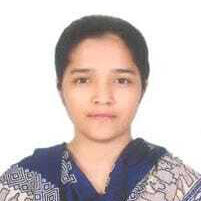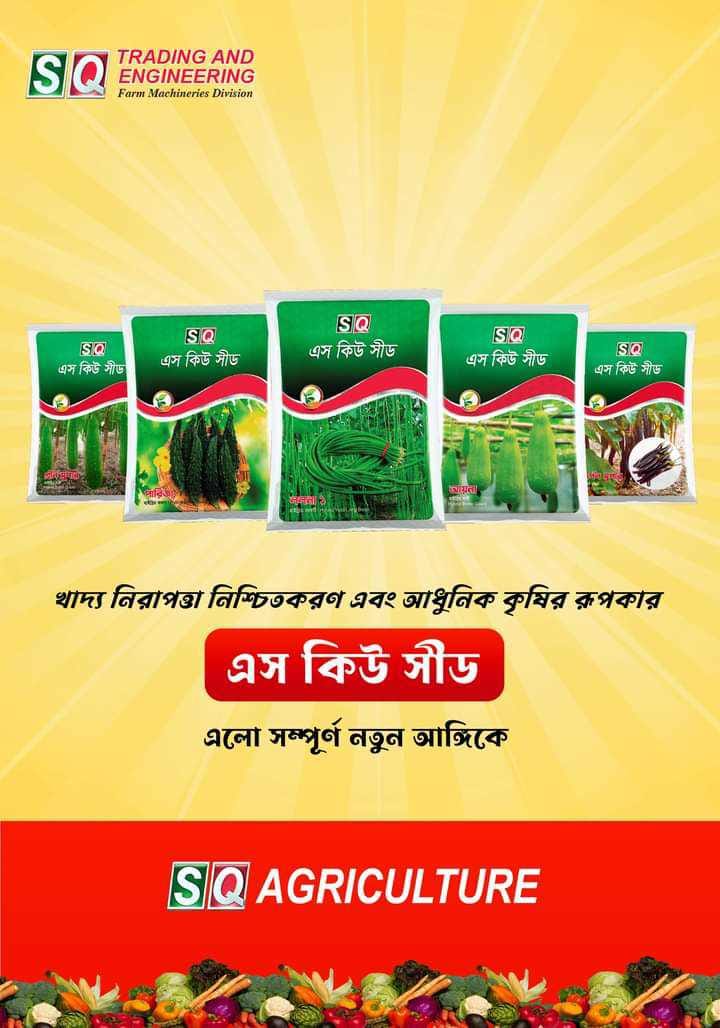India is Bangladesh’s second largest import source, followed by China. About 14 percent of Bangladesh’s total imports come from India. On the other hand, over 3 percent of Bangladesh’s export earnings come from India. In the financial year 2022-23, the bilateral trade of Bangladesh India was 1 thousand 162 million dollars and this bilateral trade is in favor of India. Due to the dollar crisis, Bangladesh has adopted a conservative policy in terms of imports, which has reduced imports from India. Exports to India also recorded negative growth in the first 10 months of the current fiscal. According to data from the Export Development Bureau, Bangladesh’s exports to India fell by 15.4 percent from July 2023 to April 2024. During this period, the income was 154.20 million dollars, which was 132.22 million dollars in the same period of the previous year. On the other hand, according to the data of Bangladesh Bank, the import of Bangladesh from India decreased to 949.24 billion dollars in the fiscal year 2022-23, which was 1 thousand 394 billion dollars in the previous year.
The first 10 months of the current financial year and the last financial year are going through negative growth in the bilateral trade of the two countries. But there are many opportunities to increase trade between the two countries. India is a friendly close neighbor of Bangladesh. Due to the proximity, the two countries have many opportunities to increase their trade. Development of bilateral relations is necessary to utilize this opportunity. Prime Minister Sheikh Hasina is going to New Delhi tomorrow Friday (June 21) on a two-day state visit at the invitation of Indian Prime Minister Narendra Modi. During this visit, there will be a private meeting between the Prime Ministers of both the countries. Then there will be discussion at representative level. During the visit, several agreements and memorandums of understanding are expected to be signed to further strengthen the existing bilateral relations between the two countries. A trade deal is expected to be discussed. Through this visit, there has been an exchange of new arrivals between the commercial leaders and businessmen of the two countries. They believe that through the meeting of the two Prime Ministers, new doors of trade and commerce will be opened and the obstacles and complications in doing business and trade will be eased.
Businessmen and economists of the country expressed their expectations to this reporter. Bangladesh Knitwear Manufacturers and Exporters Association (BKMEA) Vice President Fazle Shamim Ehsan told Media, “We import various products including raw materials, chemicals, yarns for the textile industry from India. In this regard, we demand that India should continue duty free access after transition from LDC to developing countries. In this case, the government has to achieve it through bilateral discussions. Shamim expressed hope that the trade relations between the two countries will increase and expand. Policy Exchange Bangladesh founder and chairman Masrur Riaz said, “Our trade with India has increased a lot compared to before, which is encouraging. But there is scope for further growth. In this regard, Bangladesh needs to improve in some areas. For example, the infrastructure and the type of regulations that are in place need upgrading.
“There are numerous barriers to exports in India, which prevent us from exploiting the potential of the trade. It should be on the discussion table. The investment did not turn out as expected. In this regard, Bangladeshi businessmen should give specific proposals and ideas to the businessmen of that country where there are both opportunities and possibilities for Indian businessmen,” said Masrur Riaz. Regional trade in South Asia requires increasing Bangladesh’s strategic understanding with India. In the meeting, Bangladesh will seek assistance from India, so that Bangladesh can enter into regional trade, especially with Nepal and Bhutan. He said that the issue of how to import electricity from Nepal should be resolved through discussion. President of Dhaka Chamber of Commerce and Industry Ashraf Ahmed said, “India is our close neighbor. There are various types of commercial relations with them. The types of products we export to India are subject to various tariff barriers and complications. The export process needs to be made easier.
Ashraf Ahmed said, in order to expand the business scope of the two countries and utilize the potential, the practical aspects of the laws and regulations of both countries should be given importance. There are many opportunities for foreign investment in Bangladesh. Although India is our neighboring country, we are not able to utilize the full potential. To attract investment from India, businessmen need to highlight the business opportunities in Bangladesh. Along with that, what kind of facilities Bangladesh government can provide should also be highlighted, said Ashraf. We are going to India. India is a very important market for Bangladesh. We are trying to accelerate business. If we are prepared, India is a very big market for us. Pran-RFL Group Chairman and Chief Executive Officer (CEO) Ahsan Khan Chowdhury said that the business here is gradually increasing. He is going to India as a tour companion of Prime Minister Sheikh Hasina.
Executive Director of Policy Research Institute. Ahsan H. Mansoor said, “Our trade deficit with India is huge. It is not right to expect that the trade deficit will suddenly improve through this visit. Again it is not possible. Our aim should be not to face any kind of barriers in exporting products to India and not to fall under any kind of anti-dumping duty. On the other hand, there should be no restrictions on the products we import. Because it has been seen in the past, as a result of various restrictions, our traders have faced problems and a crisis has suddenly been created in the domestic market. As transactions are done through neighboring countries and trade agreements. Therefore, this economist commented that the issue of not giving restrictions suddenly and keeping them free from the scope of restrictions should be resolved through bilateral discussions. Dr. Ahsan H Mansoor said, ‘It is not right to expect that the export of ready-made garments in the Indian market will be very good. Because they have their own garment industry and they protect the indigenous industry. So the products that are in demand, should be looked at. Different products have to be developed to enter the Indian market.
“Although there is a trade deficit, it is not always bad. Because most of the other and industrial raw materials that Bangladesh imports are used in the production of our industries. So it’s good to think about how easy it is to do business and how both countries benefit,” said the executive director of the Policy Research Institute.
Import export figure
In recent times there has been a change in the products imported from India. Where earlier mainly food products were imported starting from onions and green chillies, now machinery and industrial raw materials are also imported. Cotton tops the list of Indian products imported by Bangladesh. Bangladesh imported cotton worth 192 million dollars last financial year. The second highest import was food grains worth 1 billion dollars. The third import product was nuclear reactors, boilers, machinery, machinery parts, which was valued at $59 million. In addition, there are railway carriages, engines and other ancillary equipment and parts, the value of which was 57.23 million dollars. Import of sugar and sugar products was 47 million dollars. Other imported products are rice, lentils, wheat, maize, chickpeas and raw materials of various industries.
In the first 10 months of the current financial year, the income from export of goods to India was 154.20 million dollars. Out of which 68.9 billion dollars came from ready-made garments and 10.71 billion dollars came from agricultural products. The income from the export of shoes and its accessories is 6 million dollars. On the other hand, income from leather and leather products was 8 million dollars. Vegetable textile fibers and woven fabrics generated revenue of $17 million.
Visits: 0










